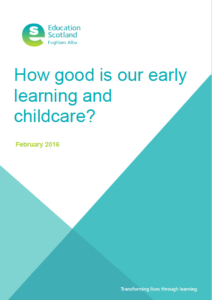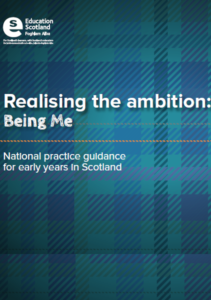p23
Looking at developmental checklists, tables of milestones, and the many experiences and outcomes of the curriculum can be overwhelming both from a planning and a tracking point of view, let alone trying to explain them to families.
We will always be doing the right thing if we are aware of each child’s development and are providing interactions and opportunities that match the needs of the child.
p47
As the complexity of the child’s play develops, learning should be facilitated through a cyclical process of responsive and intentional planning, which includes observations, interpretation and documentation of learning, responsive and intentional planning and facilitation.
p50
Observation can therefore be seen as noticing what it is that the children are finding interesting; noticing what they do and seeing how this might be changing over time. It is impossible to design a progression or tracker for everything a child might do or find interesting, and for babies and toddlers this might feel very adult-centred and unnatural. But we can notice interest and, as adults, think about how we can make something even ‘more interesting’.
pP65
We know it is important for settings to offer children interactions, experiences and spaces that are developmentally appropriate. One way to do this is to consult a list of typical milestones for given ages and stages and provide what might match these. An approach like this can take us so far, but of course every child is different, and we have to take care to ensure that we do not miss some opportunities to support and extend their learning.
We can observe what they are mastering and what they still need help, guidance and practice with. Our role includes noticing what the child does and how this might be changing over time.
p66
Learning focussed observations helps us to understand the child’s interests and stage of development. They support us in considering what to do next to build on the child’s learning.
p94 Transitions
Recognition from practitioners of a shared responsibility for planning for continuity of learning and curriculum experiences between settings/ provider.
Consistency of formats used by practitioners for reporting to parents on their baby’s/child’s progress and development.


